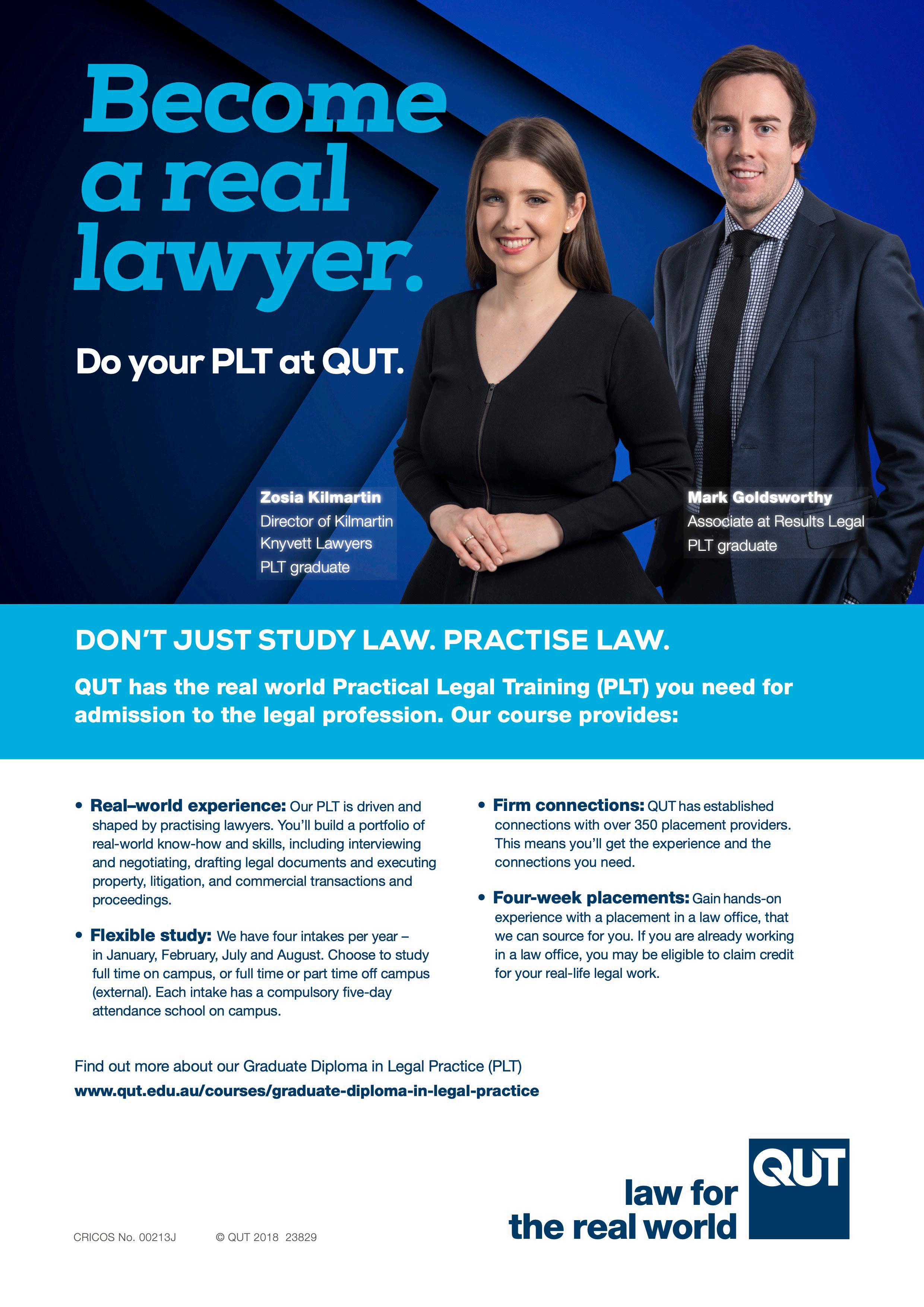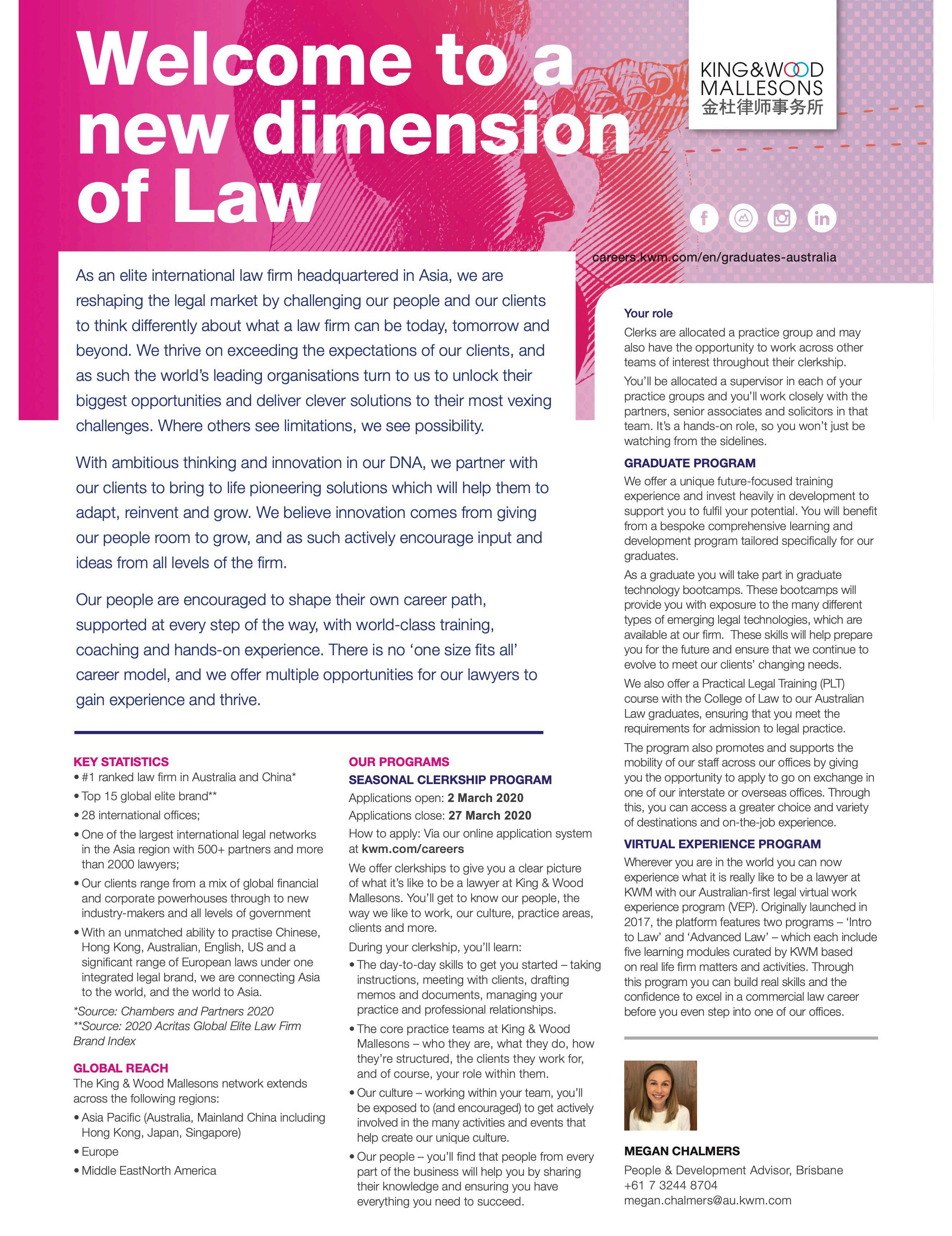
6 minute read
BEGIN AGAIN POEM
Begin Again
A POEM BY DALMAYNE THAMM
Steady ... steady ... Nervously my hand begins to shake. Holding my breath, too scared to breathe, My concentration must not break.
With my window barely open, A breeze sneaks through the gaps, Dancing around the balancing cards, My heart breaking watching them collapse.
Gazing absently towards the TV noise, Recognition distracts my thoughts. David Attenborough and the living planet, Talking about frogs and toads and warts.
Our planet Earth with it’s fragility ignored, Cut down for progress and money; It can be saved, but we must begin now, To bring back our land of milk and honey.
Nature is like my house of cards, Fragile when put to the test. Card against card, like the circle of life, Disrupted, it falls to a mess.
So I begin again to build my house, Learning from mistakes of the past. Trying to build a better foundation, One that is solid and certainly last. Again the TV permeates my thinking, With news of the pandemic spread; Incomprehensible to believe so many are sick, And so many who are dying or dead.
Documented in the history books, Is the rise and fall of nations; Could this disease be our undoing, Collapsing our human relations!
I continue to build my house of cards, Knowing inevitably it will not stay; And hence the cycle begins again, It seems to be nature’s way.
AUSTRALIA’S FIRST FEMALE LAWYERS
According to the Law Society of New South Wales’ annual National Profile of the Profession report, almost 52 percent of all lawyers in Australia identified as female in 2018. Yet not all too long ago, women were not permitted to enter into law school and not permitted to be admitted into the profession. Two pioneering women set on paths almost simultaneously to see that hurdle removed.
Ada Evans and Flos Greig are not names that the general contemporary Australia law student cohort would be familiar with. This could reasonably be expected seeing as legal history in classrooms usually takes a back seat when Isaac Isaacs enters the room and from the get-go, the country’s future lawyers are thrown into analysing problem-based questions. Nonetheless, having a working knowledge of legal historical tradition not only informs current and future lawyers of where they fit into the scheme of things, but provides them with the necessary springboard to identify contemporary professional gaps and pioneer further change.
Evans and Greig were both British imports in the late 19th century, hailing from England and Scotland respectively. The early professional lives of these two women run almost simultaneously, separated only by Australian state.
Evans was born in 1872 in Essex and in 1883 arrived in Sydney. At 27 years old, in 1899 Evans enrolled in the Sydney University Law School and was accepted under the fortuitous circumstance that the Dean at the time was on an overseas absence; otherwise she would not have been accepted. While not the first woman to enrol in law school in Australia, in 1902 Evans was the first female graduate with the LLB equivalent qualification.
The Daily Telegraph reported on the graduation ceremony, specifically making note of the prolonged applause the ‘first young lady with intrepidity enough to enter the ranks of the lawyers’ received as she was handed her certificate. Evans then sought admission at the New South Wales Bar but was refused on the basis of her sex. Just over 20 years later, the Women’s Legal Status Act 1918 (NSW) came into effect and in 1921, Evans was finally admitted to the Bar. Unfortunately, the circumstances of Evan’s life meant that she did not end up practicing at the Bar. She instead became an editor for a women’s section in the Australian Star newspaper, and later retired out the country NSW with her brother while her health declined.
Greig was born in Scotland in 1880, some eight years after Evans. Greig’s upbringing was not lavish, yet she had the benefit of seeing the way that men and women could flourish in personal and professional lives. Her parents believed that she and her four other sisters should participate in tertiary education. From this influential upbringing, it was despite her youth that she was the first Australian woman to take a place at a law school, having enrolled in a Bachelors degree of Law and Arts at the University of Melbourne in 1897. This put her two years before Evans took up the same place in Sydney. Greig would not graduate for another year after Evans, making Greig the second female law graduate of Australia. By virtue of legislation passing in Victoria earlier than New South Wales, Greig was admitted to the profession in 1905, around 15 years before Evans. When Greig attended university, her male classmates were at first deeply unimpressed that they had a woman in their ranks, but by the end of Greig’s first year, the cohort of men ended up informally majority voting that women should be allowed to study and practice law.
Evans died in 1947 and Greig died in 1958. Neither Evans nor Greig had the opportunity to work alongside any other female lawyers. The two women, however, still pushed forward to clear the path for other women such as Marie Byles and Sybil Morrison in New South Wales. For Evans, who was fated for a premature retirement from professional legal life, received encouragement in her university days from Professor Jethro Brown, writing to her that ‘If I were in your place, I would work on in spite of discouragement. If you cannot reap all the rewards of your toil, the greater glory will be yours of sowing that others may reap – the glory of the pioneer.’
While Evan’s and Greig’s sowing took some time to proliferate, contemporary women in the field of law now abound. Evans and Greig would be thrilled to see that the most superior judge on Australia’s most superior court is a woman, and that more and more women are taking up their deserved space in legal spheres, finally.
ARTICLE BY ASHTON ARRACOTT
BIBLIOGRAPHY
Allman, Kate, ‘Women lawyers outnumber men; Indigenous numbers lagging’ (Blog Post, 19 July 2019) Law Society Journal <https://lsj.com.au/ articles/women-lawyers-outnumber-men-indigenousnumberslagging/#:~:text=The%20report%20reveals%20 that%20women,solicitors%20compared%20to%20 36%2C500%20males>.
Knake, Renee, ‘Hidden women of history: Flos Greig, Australia’s first female lawyer and early innovator’ (Web page, 24 July 2019) The Conversation <https://theconversation. com/hidden-women-of-history-flos-greig-australias-firstfemale-lawyer-and-early-innovator-119990>. Evening News, ‘In Portia’s footsteps: the first lady lawyer’ (Newspaper Article, 22 April 1902) Evening News <https:// trove.nla.gov.au/newspaper/article/114118738>. O’Brien, Joan M, ‘Evans, Ada Emily (1872–1947)’, Australian Dictionary of Biography, National Centre of Biography, Australian National University <http://adb.anu.edu.au/ biography/evans-ada-emily-6118/text10491>, published first in hardcopy 1981. Campbell, Ruth and Hack, J Barton, ‘Greig, Grata Flos Matilda (1880–1958)’, Australian Dictionary of Biography, National Centre of Biography, Australian National University, <http:// adb.anu.edu.au/biography/greig-grata-flos-matilda-7049/ text11103>, published first in hardcopy 1983. Bathurst, T F, ‘‘A Tough Nut to Crack: The History of the Legal Profession in New South Wales’ (Speech, 19 September 2019) Francis Forbes Society Australian Legal History < http://www.supremecourt.justice.nsw.gov.au/Documents/ Publications/Speeches/2019%20Speeches/Chief%20Justice/ Bathurst_20190919.pdf>.
Bavin, Thomas (ed), The Jubilee Book of the Law School of the University of Sydney 1890-1940 (Halstead Press, 1940). This article was written on Gubbi Gubbi country in the Sunshine Coast hinterland. The author would like to acknowledge the traditional custodians of the unceded lands on which she writes and the publications to which she submits.
15
AD

AD










